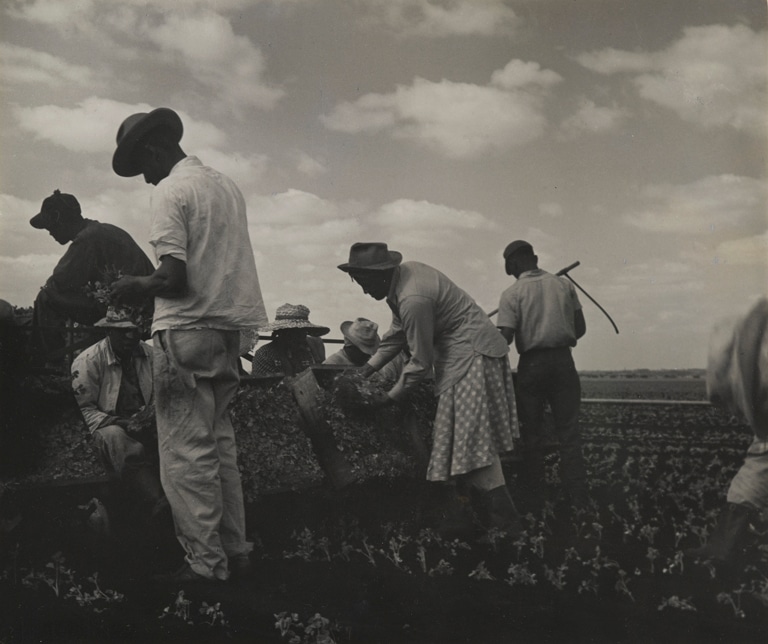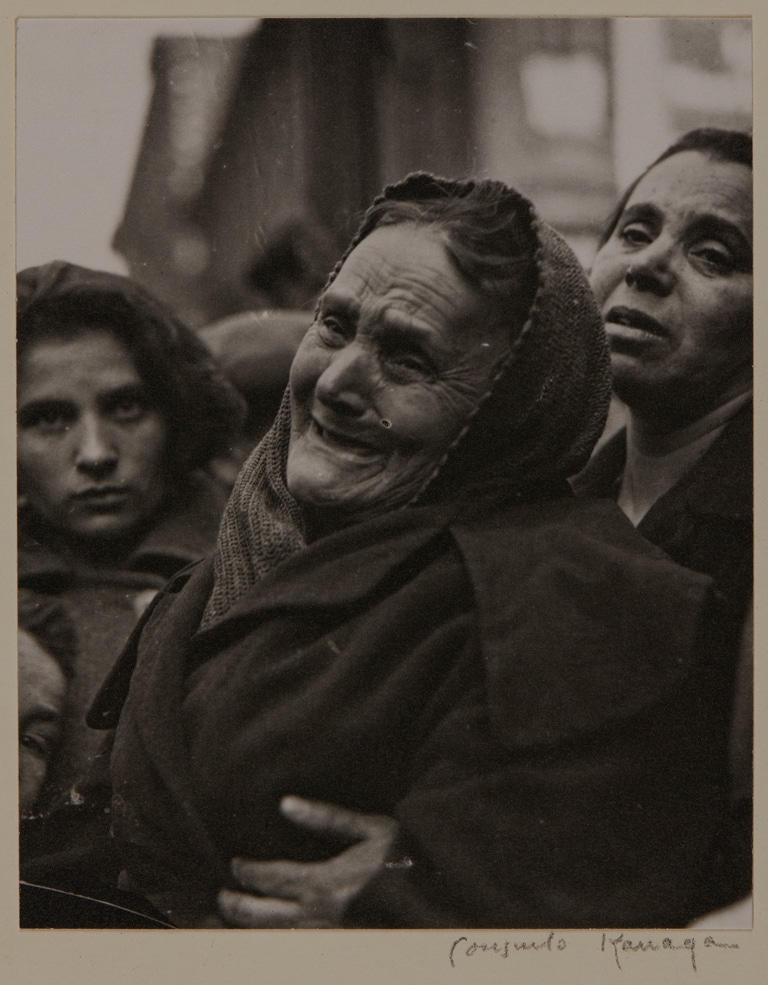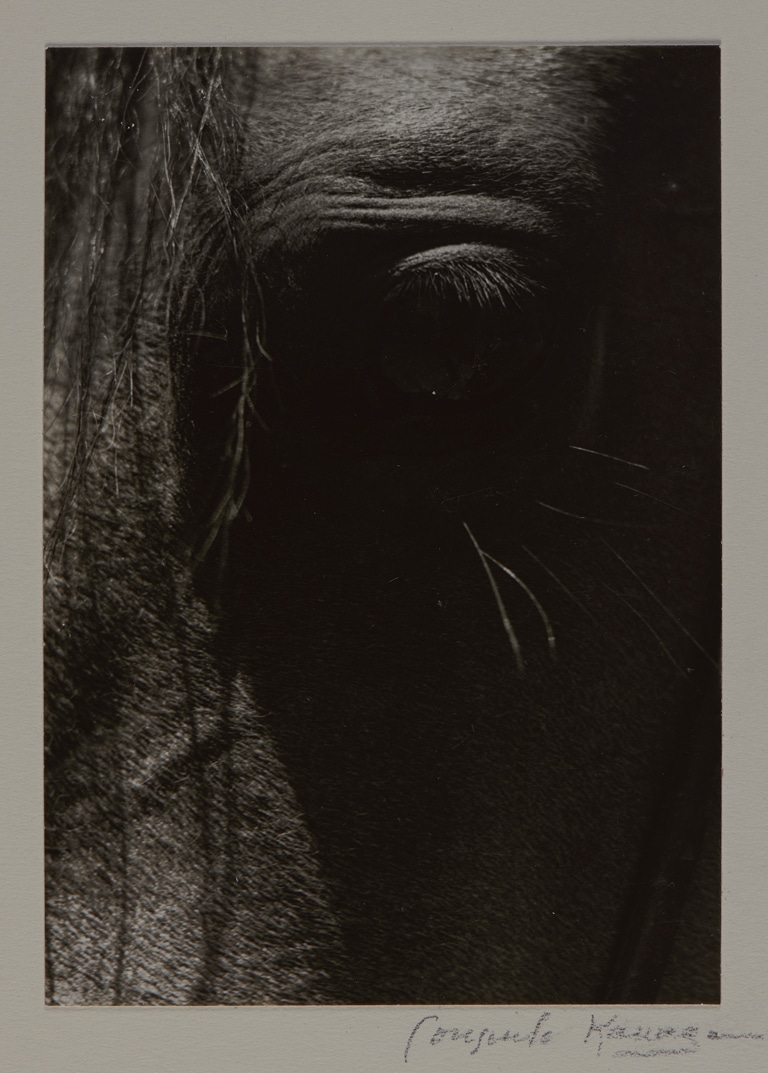
Young Girl in Profile,1948. Brooklyn Museum, gift of Wallace B. Putnam from the Estate of Consuelo Kanaga
© Brooklyn Museum
Consuelo Kanaga
Catch the Spirit
15 February to 12 May 2024
Discover the exhibition
The exhibition, organised from the collection of the Brooklyn Museum, which has been the custodian of her archive, features nearly 180 photographs (mostly vintage prints) and a variety of documentary material. While tracing and contextualising Consuelo Kanaga’s work and presenting some of her iconic images, it also focuses on the role of photography in the representation of the African-American world.
“New Negro Movement”
In response to the dominant racism, from the end of the 19th century, in cities such as San Francisco, Washington and New York, magazines and novels created by black men and women began to be published. This literary boom was the precedent for what is known as the “New Negro Movement” , which emerged in Harlem between 1920 and 1930, and which also gave its name to the most complete anthology on this cultural current, written by Alain Locke and considered at the time to be “the foundation of the black canon”. Also known as the “Harlem Renaissance”, the movement marked a period of flourishing for black artists, while at the same time appealing to whites to join in this vindication of African-American equality through culture. This is the case of Kanaga, who became linked, through his personal relationships and his photographic work, to the demands for a redefinition of the African-American identity.
Materials
Kanaga and women photographers
Kanaga’s career is especially intertwined with a strong and wide circle of women photographers with whom she had a special relationship during her long professional career. She was a great support and confidante to Imogen Cunningham, Louise Dahl-Wolfe, Dorothea Lange, Alma Lavenson, Tina Modotti and Eiko Yamazawa, among many others to whom she provided advice, companionship and connections in the art world. These women inspired her, and Kanaga was an inspiration to them as well. While her achievements are on a par with those of her peers, her focus on cultivating and nurturing bonds of affection with those she cherished and her lack of interest in self-promotion have meant that her career has received far less attention than that of many of these women.
Where?
KBr Fundación MAPFRE
Avenida Litoral, 30 – 08005 Barcelona
Times
Monday (except holidays): Closed
Tuesday to Sunday (and holidays): from 11:00 a.m. to 8:00 p.m.

Tennessee, 1950.
Brooklyn Museum, gift of Wallace B. Putnam from the Estate of Consuelo Kanaga
© Brooklyn Museum

Fire, New York, 1922.
Brooklyn Museum, gift of Wallace B. Putnam from the Estate of Consuelo Kanaga
© Brooklyn Museum

Horse’s Eye, 1930s.
Brooklyn Museum, gift of Wallace B. Putnam from the Estate of Consuelo Kanaga
© Brooklyn Museum

Untitled, 1920s.
Brooklyn Museum, gift of Wallace B. Putnam from the Estate of Consuelo Kanaga
© Brooklyn Museum
Dorothea Lange
